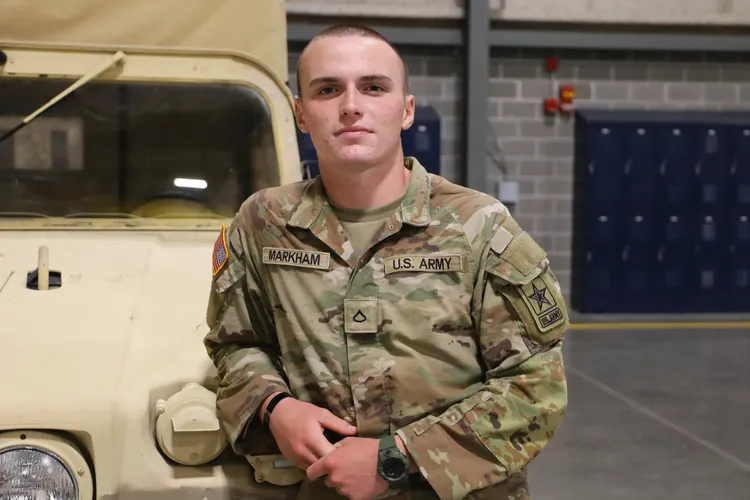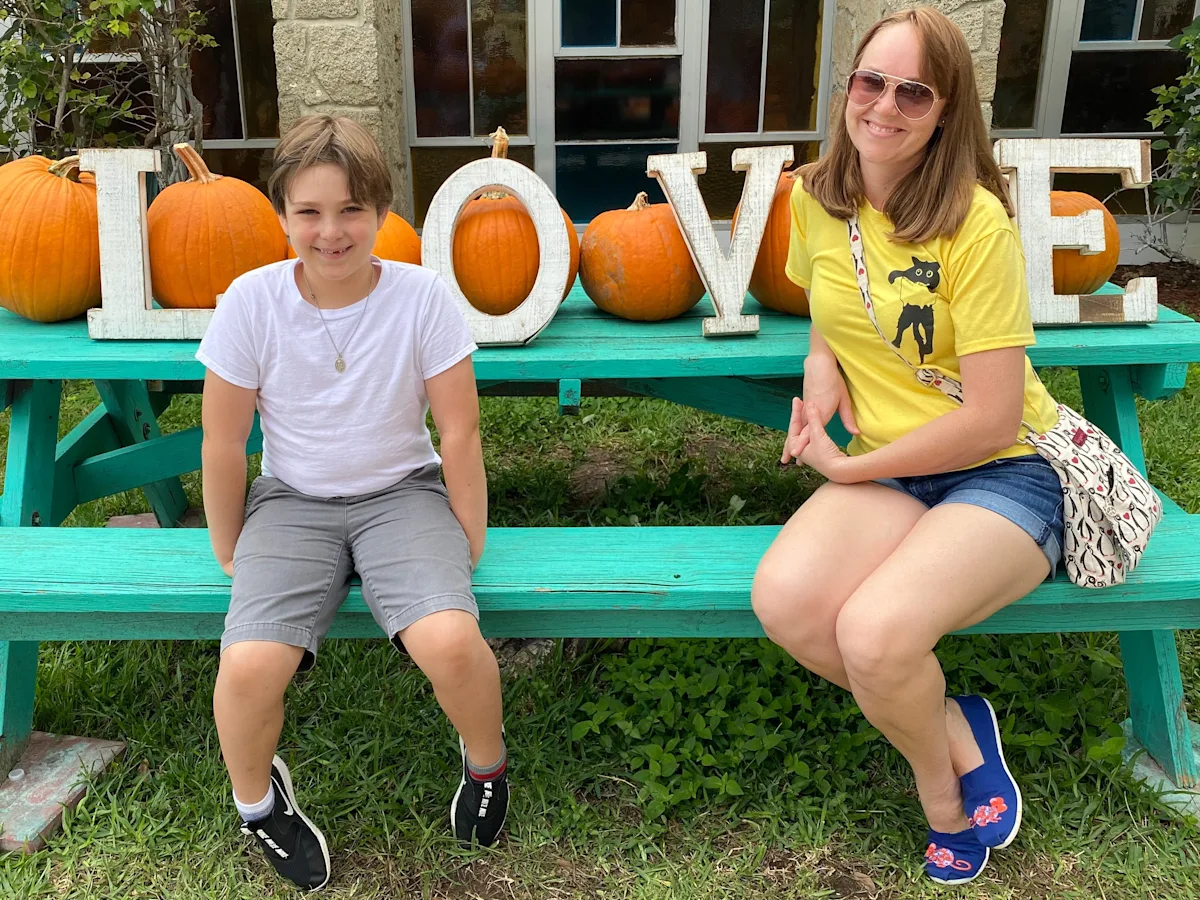Los Angeles is celebrating a historic decline in homicides, with Mayor Karen Bass touting the city’s lowest murder rate in six decades. Yet, in the Vermont Knolls neighborhood, the promise of safer streets feels distant. On August 26, 2025, a shooting at a local strip mall left five people wounded, a stark reminder that not every community is reaping the benefits of the city’s progress. As police investigate possible gang ties and a string of related shootings, residents are left grappling with fear and frustration. This is the story of a city at a crossroads, where hope for peace clashes with the reality of persistent violence in pockets like Vermont Knolls.
A Citywide Decline in Violence

Los Angeles is on track to record its fewest homicides in 60 years, a milestone Mayor Karen Bass highlighted earlier this summer. “Especially with the summer underway, we will continue to implement comprehensive safety strategies with law enforcement and community organizations to keep Angelenos safe,” Bass said in early July. Data from the first half of 2025 shows a 30% reduction in murders compared to the same period last year, with the Los Angeles Police Department (LAPD) reporting 54 fewer homicides citywide as of mid-August. This downward trend, mirrored by declines in robbery, aggravated assault, and rape, signals a broader reduction in violent crime across the city.
The Los Angeles County Sheriff’s Department also reported a significant drop, with 63 homicides in their patrol areas as of May, compared to 184 in 2024 and nearly 100 fewer than in 2021. City Council President Marqueece Harris-Dawson emphasized the role of community investment, stating, “This is proof that when we make deep, intentional investments in community safety, we can create safer neighborhoods.” Yet, while the city celebrates these gains, some neighborhoods remain caught in a cycle of violence that defies the broader trend.
Vermont Knolls: A Community Under Siege
In Vermont Knolls, a working-class neighborhood in South Los Angeles, the city’s progress feels like a distant promise. On August 26, a shooting at a strip mall wounded five people, underscoring the area’s ongoing struggle with gun violence. “The neighborhoods around a strip mall in Vermont Knolls where 5 people were shot hasn’t had the same reductions as other parts of the City,” police records confirm. Unlike the citywide trend, the number of killings in Vermont Knolls and surrounding communities has remained nearly unchanged in 2025, a stark contrast to the broader decline.
Multiple law enforcement sources told investigators that the strip mall shooting may be linked to a recent gang dispute, with security cameras capturing parts of the incident. The violence didn’t stop there. Just days earlier, a shooting on W. 80th Street left one man dead and two others injured, while another on Century Boulevard and Main Street claimed the life of a 25-year-old and wounded a second person. These incidents, all in close proximity, have heightened fears among residents who feel trapped in a pocket of unrelenting danger.
A String of Connected Shootings
The LAPD is now investigating whether the Vermont Knolls strip mall shooting is connected to the recent spate of violence nearby. “Investigators were also examining whether there were connections between the Vermont Knolls incident and several other shootings that occurred nearby,” authorities said, pointing to the W. 80th Street and Century Boulevard attacks. The possibility of gang involvement has added urgency to the investigation, with detectives combing through surveillance footage and witness accounts to piece together the motives and culprits.
The concentrated nature of these shootings has rattled the community, where residents describe a sense of unease. “It’s like we’re stuck in a different reality here,” one local shop owner said, noting the contrast between the city’s optimistic crime statistics and the daily fear of gunfire. The LAPD’s efforts to link these incidents highlight the complexity of addressing localized violence in a city otherwise seeing progress.
Community Strategies and Challenges
Mayor Bass’s administration has leaned heavily on a dual approach of law enforcement and community engagement to drive down crime. Her Office of Community Safety has partnered with local organizations to prevent violence, emphasizing intervention strategies over punitive measures. “We must ensure the continued funding of community violence intervention across Los Angeles because we have the power to prevent harm before it occurs, rather than waiting to punish it once it’s already happened,” Harris-Dawson said, advocating for sustained investment in these programs.
Yet, in neighborhoods like Vermont Knolls, these strategies face unique challenges. Limited resources, entrenched gang activity, and socioeconomic disparities create barriers to implementing effective interventions. Community leaders are calling for more targeted support, from youth programs to job opportunities, to address the root causes of violence. “We need more than just police patrols,” a local activist said. “We need hope, jobs, and a reason for our kids to stay out of trouble.”
A Neighborhood’s Fight for Peace
As the LAPD continues its investigation, Vermont Knolls residents are left to navigate a landscape marked by both grief and resilience. The strip mall shooting has sparked renewed calls for action, with community vigils and meetings planned to address safety concerns. “We’re tired of living like this,” a longtime resident said, echoing a sentiment shared by many. The contrast between the city’s overall progress and Vermont Knolls’ struggles has fueled a sense of urgency to bridge the gap.
For now, the path forward involves both law enforcement and community collaboration. The LAPD is urging anyone with information about the recent shootings to come forward, while local leaders push for more resources to heal their neighborhood. As Los Angeles celebrates its historic crime drop, the story of Vermont Knolls serves as a sobering reminder that safety remains uneven, and the fight for peace is far from over.





